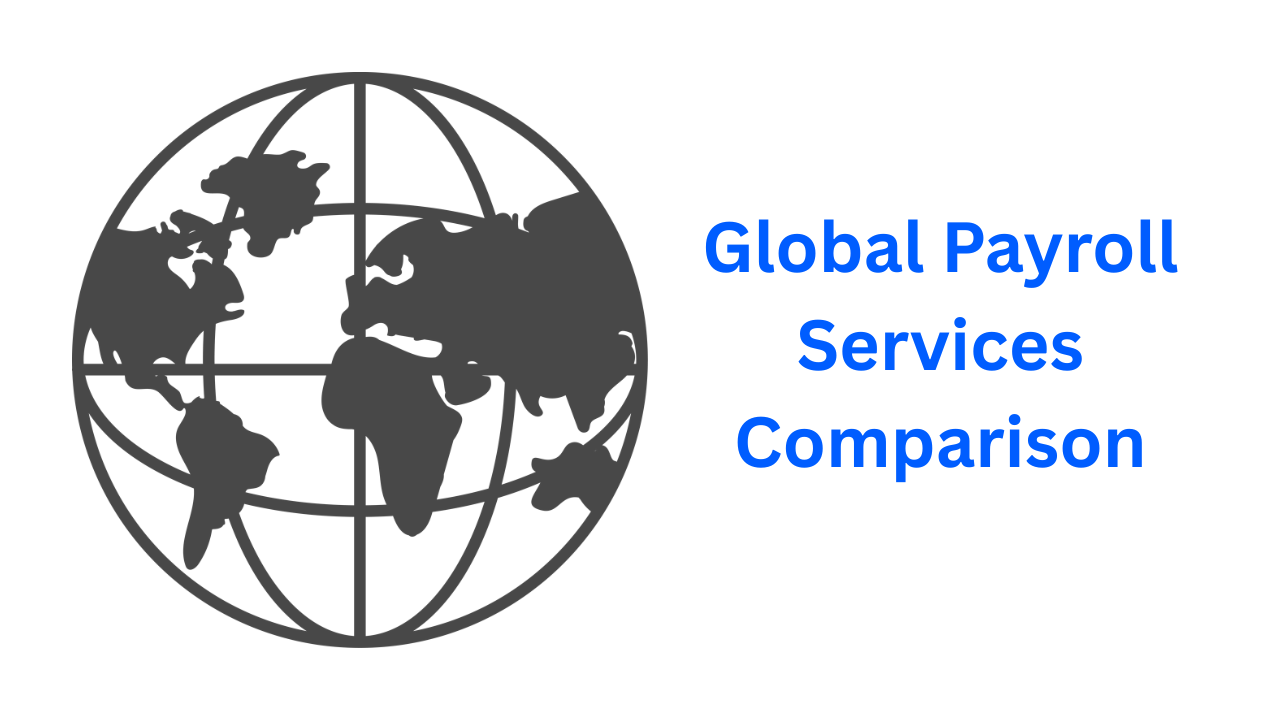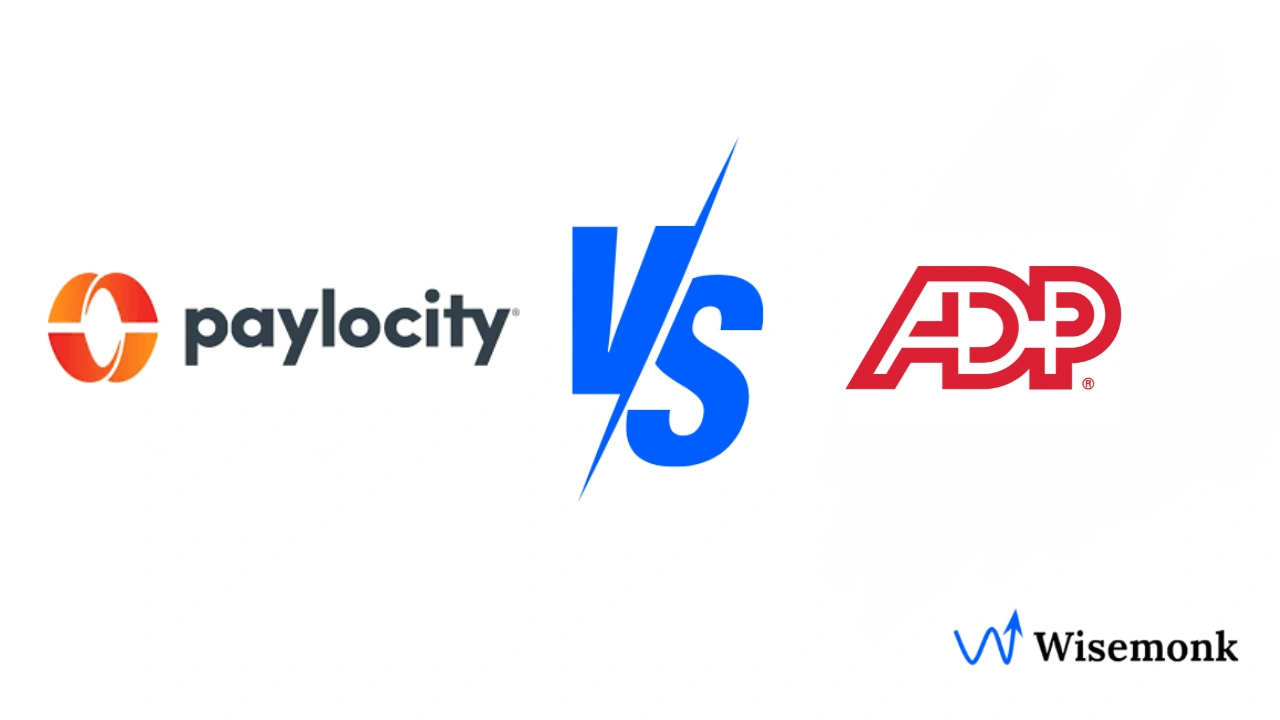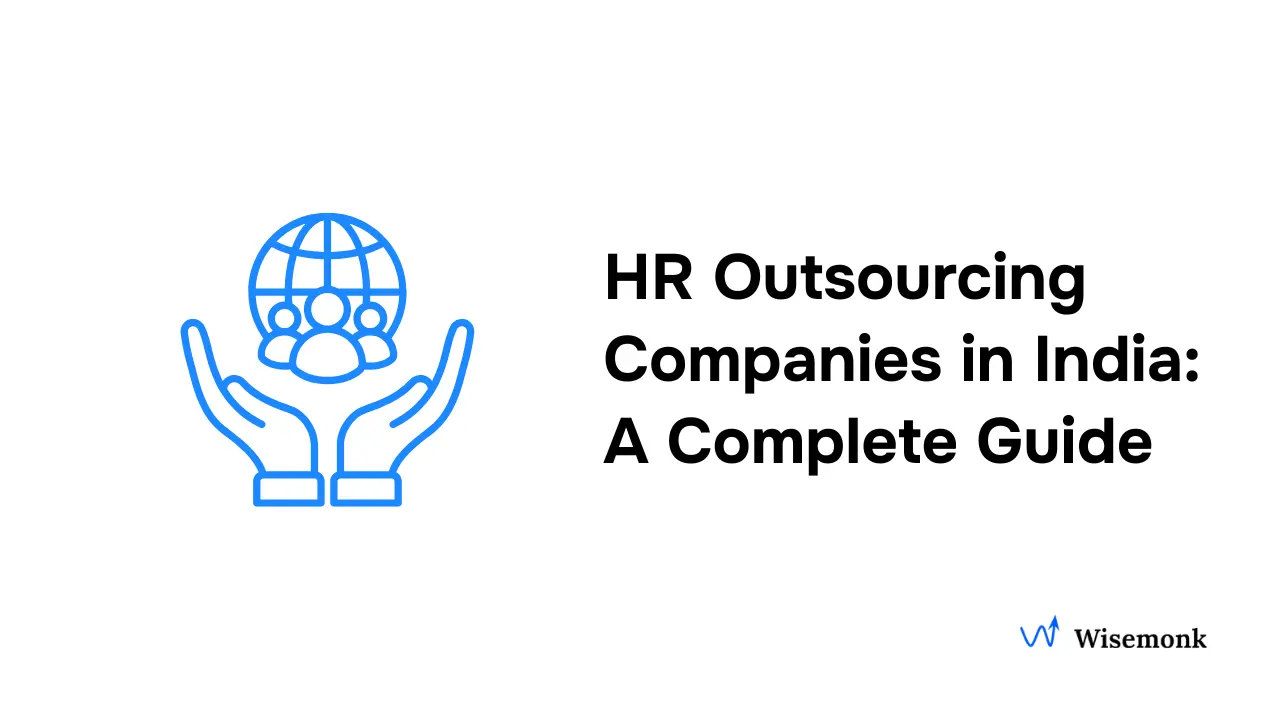- Global payroll services manage payroll processing, benefits, and compliance using advanced technology for accurate global payroll in all the countries where you operate.
- Every country’s payroll has unique employment laws and tax rules, so you need a provider with true local compliance expertise for risk-free operations.
- A successful global payroll rollout needs clear migration planning, strong data security, employee communication, and solid training to make the transition smooth and secure for your team.
- ROI analysis and success metrics show that standardizing global payroll cuts costs, lowers compliance risk, frees up HR team time, and increases employee satisfaction.
Thinking about paying your international team or expanding globally? Contact Wisemonk for seamless EOR service hiring, payroll, and compliance.
Discover how Wisemonk creates impactful and reliable content.
Introduction: Managing Global Workforce Complexity[toc=Introduction]
Having trouble finding the best global payroll service for your team in different countries? Managing a global workforce today means working with more international payroll providers and handling remote global teams across multiple countries. As businesses hire more international employees, global workforce management gets trickier, especially when it comes to paying employees accurately, staying on top of local compliance, and keeping every payroll cycle error-free.
Managing remote teams brings its own set of challenges. If you’re looking for practical strategies and best practices, check out this helpful article on "Effective ways to manage remote teams".
Every country’s unique laws about payroll, taxes, and benefits create real compliance challenges. If you don’t get it right, you risk costly payroll errors, late tax filings, or benefits mix-ups, all of which can drain your budget, damage your reputation, and weaken employee trust.
This guide highlights key challenges, costs, and provider comparisons to help you choose a simple, reliable global payroll solution.
What are Global Payroll Services?[toc-hide]
Global payroll services are comprehensive solutions that handle every aspect of international payroll, covering international payroll processing, tax payments, local law compliance, and local currency payments. This ensures paid accurately and on time so your team can focus on what matters.
Core Service Offerings
.png)
- Payroll Processing: Calculates wages (including overtime, bonuses, commissions) and handles multi-currency payments for international teams.
- Compliance & Tax: Handles all country-specific tax withholding, social security, and ensures compliant payroll operations with up-to-date knowledge of local labor laws and regulations.
- Benefits Administration: Manages both mandatory and optional global workforce benefits.
- Payment Delivery: Pays employees accurately and on time, in their local currency and preferred method.
- Data Security & Management: Protects payroll data for global employees and supports GDPR compliance.
- Reporting & Analytics: Delivers payroll management reports and analytics for insight into expense management and payroll operations worldwide.
Technology Platform Capabilities
.png)
- Centralized Platform: One unified system to manage payroll across multiple countries for complete visibility and control.
- Integrations & Automation: Seamlessly connects with HR/finance systems (e.g., HRIS/HCM), automating data sharing, payroll calculations, and payments to reduce manual work and errors.
- Real-Time Insights: Dashboards offer up-to-date payroll data and performance metrics, letting you spot and resolve issues quickly.
- Self-Service & Mobile Access: Employees and admins can securely access pay info, tax docs, and payroll tasks anytime on any device, reducing routine HR queries.
- Data Security: Strong encryption and access controls protect sensitive payroll data throughout the system.
Integration with Existing HR Systems
.png)
- Seamless Data Flow: Connects HRIS/HCM and payroll systems for automatic, error-free data transfer, no more manual entry.
- Centralized Employee Data: Gives you one place to view and manage employee info, streamlining access across both HR and payroll.
- Streamlined Workflows: Automates routine HR and payroll tasks, saving time and making processes faster and more efficient.
Top Global Payroll Providers Analysis[toc=Payroll Providers Analysis]
With our experience helping companies navigate global payroll challenges, we have directly compared ADP GlobalView and Workday Payroll, the two leading enterprise solutions to guide international businesses in selecting the most reliable platform for managing compliant, multi-country payroll.
ADP GlobalView vs Workday
Both ADP GlobalView and Workday Payroll stand out as leading enterprise payroll platforms, yet each brings distinct advantages and trade-offs for globally distributed businesses.
.png)
- Choose ADP GlobalView if you need expert global payroll, strong compliance, and data consolidation for complex, multi-country operations.
- Choose Workday if you want a unified HR platform with advanced analytics and talent management, and have the budget for a comprehensive HCM system.
Global Providers vs Regional Specialists
Based on our experience guiding companies through international expansion, we’ve compared the strengths and considerations of global EOR providers versus regional specialists to help you choose the best approach for your hiring and compliance needs.
.png)
For example, when processing payroll for India, companies must follow state-wise wage notifications. Understanding the minimum wage in India is essential because every state has its own legally mandated wage floor, something global providers often miss, but regional specialists understand deeply.
Service Coverage by Country/Region
Based on our direct experience helping companies expand internationally, evaluating where ADP GlobalView and Workday provide payroll coverage is essential for a compliant and scalable global strategy.
If you need direct payroll in many countries, choose ADP GlobalView; for scalable HR integration via partners, Workday is a strong choice.
Pricing Models and Cost Comparison
Drawing on our experience supporting organizations through payroll platform evaluations, it’s crucial to compare the pricing structures and cost factors of ADP GlobalView and Workday.
Ultimately, understanding the differences in pricing models and total costs between ADP GlobalView and Workday will help your organization choose the most cost-effective, scalable payroll solution for your global workforce ensuring both transparency and long-term value as you expand internationally.
Country-Specific Compliance Requirements[toc=Compliance Requirements]
With our proven track record supporting global organizations, we provide expert, trustworthy insights on the key country-specific requirements international payroll leaders, international payroll services, and global payroll providers face to ensure compliant payroll operations worldwide.
Employment Law Variations
- Contracts: Many places (like France or Spain) require written contracts in the local language. International payroll solutions must handle these details so you stay compliant.
- Working Hours & Leave: Laws on overtime, holidays, and leave can be totally different from one country to another, think EU Working Time rules or collective bargaining in Denmark.
- Fair Pay: Regulations such as the UK’s Equality Act and India’s Equal Remuneration Act make it essential to provide non-discriminatory, compliant payroll.
- Termination: Notice periods and severance requirements are set by local law, so it’s vital for your global payroll provider to get this right.
Tax Obligations and Reporting
Tax obligations are a big part of worldwide payroll solutions:
- Registration: Before you pay anyone, your business must register locally and get payroll IDs in every country.
- Income Tax & Withholding: Payroll processing involves calculating and paying the right tax in line with each country’s tax laws; monthly, quarterly, or annually.
- Social Security: Employer contributions to things like pensions or healthcare (ESIC in India, Germany’s split health insurance) must be handled properly for payroll accuracy.
- Reports: Many countries expect annual summaries or special tax reports from your payroll service provider.
Social Security and Benefits Requirements
Managing local benefits is crucial for global workforce management and compliant payroll operations:
- Mandatory Benefits: Many countries require employers to offer benefits like health insurance, pensions, and paid leave. For example, Singapore has the CPF, while the UAE links health insurance to visas.
- 13th-Month Pay & More: Some places expect extra salary payments or unique benefits. Your international payroll service should track these so employees are paid accurately.
Data Privacy Regulations (GDPR and Beyond)
Payroll data is sensitive, so global payroll management must protect it:
- GDPR Compliance: In the EU, global payroll systems and providers must collect only what’s necessary, get employee consent, and keep data secure. Fines for mistakes are steep.
- Cross-Border Transfers: Moving payroll data from the EU to other countries requires legal safeguards. This is a key area where payroll solutions with seamless integration across regions shine.
- Other Laws: There are similar privacy rules in places like Brazil and California, so in-country experts are invaluable to keep you on track.
To learn more about staying compliant with labor laws and managing HR risks, see our in-depth article on "HR legal compliance and best practices".
Implementation and Change Management[toc=Implementation & Change Management]
With years of hands-on experience guiding global payroll transformations, we offer a practical checklist to help you implement, secure, and support your new payroll system across every country you operate in.
Migration Planning & Timeline
- Plan in Phases: Roll out by regions or key entities first; gather all payroll data and required documents early.
- Set Clear Milestones: Define major steps (migration, parallel runs, go-live) and ensure readiness before each move.
- Work with Local Experts: Engage in-country specialists for specific compliance needs.
Data Security & Transfers
- Protect Data: Use strong encryption and limit access (RBAC); keep audit logs for compliance.
- Validate & Comply: After migration, verify all data and ensure all transfers meet GDPR and local privacy laws.
Employee Communication
- Keep Everyone Informed: Announce changes clearly, using various channels tailored to each region/language.
- Train Managers: Prepare local HR and managers to support employees, address questions, and deliver updates at each stage.
Training & Support
- Comprehensive Training: Equip payroll, HR, and finance teams with practical system training and compliance info.
- Ongoing Help: Offer support resources, clear documentation, and build a searchable knowledge base for continued learning.
ROI Analysis and Success Metrics[toc=ROI Analysis]
Based on our experience supporting global organizations in streamlining and managing payroll across borders, we recommend evaluating the ROI of global payroll services with clear, measurable metrics, so you capture both cost savings and improvements to HR efficiency and employee satisfaction. Here’s how top companies assess the real value of their payroll solutions worldwide.
.png)
Cost Savings from Standardization
A unified global payroll system can cut administrative costs by up to 65% by automating manual processes and reducing vendor management. Centralizing payroll also lowers errors, by as much as 98%, which saves money on corrections and penalties.
Compliance Risk Reduction
Automated payroll solutions help you keep up with changing local laws, leading to near-perfect payroll accuracy and a significant drop in fines or penalties. Ongoing monitoring and regular audits by your provider further reduce risk.
Time Savings for HR Teams
With automation, HR teams spend 30–60% less time on payroll tasks. This frees up more time for strategic HR efforts, faster payroll runs, and less time spent on correcting mistakes or handling questions.
Employee Satisfaction Improvements
Timely, accurate payroll and consistent processes worldwide improve employee trust, morale, and retention. Real-time analytics and local support ensure everyone gets a great experience, no matter where they’re based.
Conclusion: Scaling Your Global Operations Effectively[toc=Conclusion]
Expanding globally means navigating more complex payroll, compliance, and employee needs. Here’s how to set your business up for success as you compare global payroll solutions:
Strategic Implementation Roadmap
Roll out your global payroll in clear phases. Start with key regions, work closely with local experts, and keep your teams trained and informed; this ensures a smooth, compliant transition at each step.
Vendor Selection Criteria Summary
Choose a provider with strong international experience, reliable technology, and seamless integration with your HR and finance systems. Look for partners who offer transparent pricing, robust support, and a proven ability to handle multi country payroll with accuracy.
Future-Proofing Your Global Payroll Strategy
Pick solutions that can grow with you. Ensure your payroll system is flexible, ready for new countries, regulatory changes, and evolving business priorities. Review your payroll setup regularly to stay ahead as your global workforce expands.





.webp)

